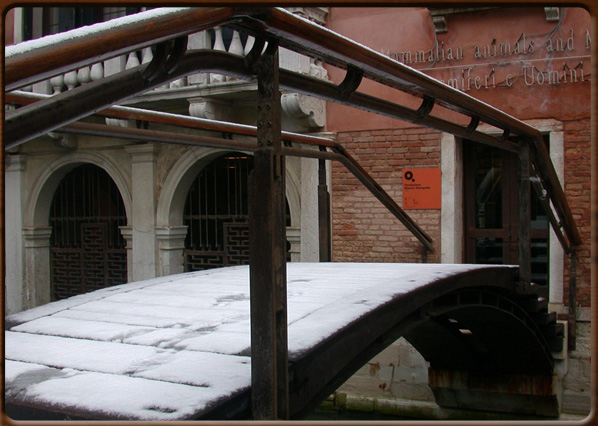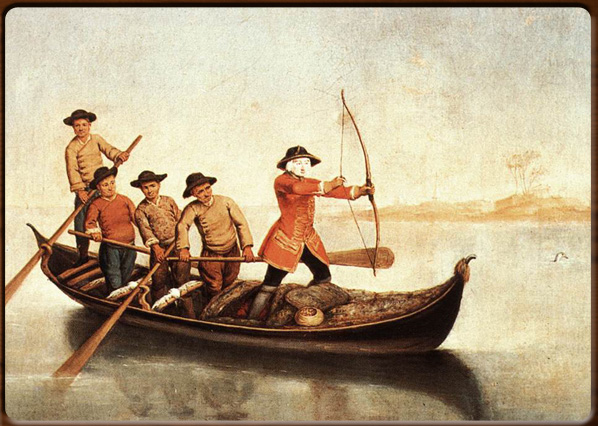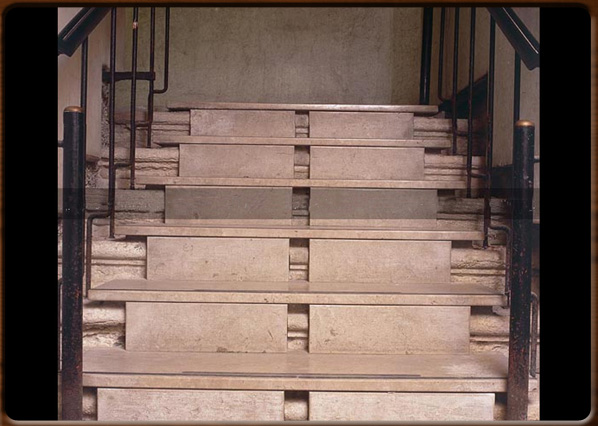
Entry to the bridge.

Duck hunters on the Lagoon, Pietro Longhi, 1760.

Restauration works by Carlo Scarpa, 1963.



The Querini Stampalia Cultural Foundation manages the Art Museum on the second floor of Palazzo Querini Stampalia in the district of Castello.
The Foundation was established in 1869 by Giovanni Querini Stampalia, the last member of this aristocratic family, with the aim of “promoting the cult of good studies and useful discipline”.
The sixteenth-century palace has over 400 paintings by the Venetian and Flemish schools, either commissioned or bought by the Querini family in the 16th Century onwards. The collection includes works by Giovanni Bellini, Jacopo Palma il Vecchio, Bernardo Strozzi, Giambattista Tiepolo, Pietro Longhi, and Gabriel Bella, sculptures by Antonio Canova and Medardo Rosso, as well as antique furniture, tapestries and precious Sevres porcelain.
On the ground floor of the building is an area restored by the architect Carlo Scarpa in 1963 that is much visited and studied as an example of modern recovery of the space, light and colours typical of Venice.
The splendid library – the Biblioteca Civica del Centro Storico public library – is always open, even in the evenings and on weekends and public holidays. This includes the family library built up over the space of more than seven centuries: manuscripts, incunabula, rare printed editions, maps and ancient engravings. The modern library has 300,000 books whose numbers are constantly rising.
The Foundation has always paid a lot of attention to avant-garde culture, leading to a comprehensive program of contemporary art. Hence its current projects as part of the “Conservare il futuro” (Preserving the Future) program of contemporary art developed in collaboration with the Region of Veneto and other partners.
The “International Fund for Monuments” and the “Venice Committee” were responsible the initial restoration work on the buildings used for the library and art gallery after the flooding of Venice in 1966.
1800 - 2000 - - rev. 0.1.7